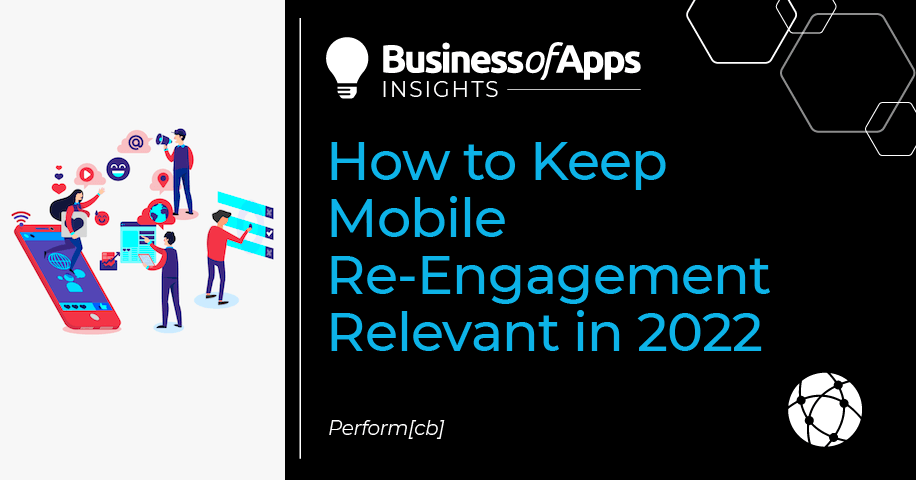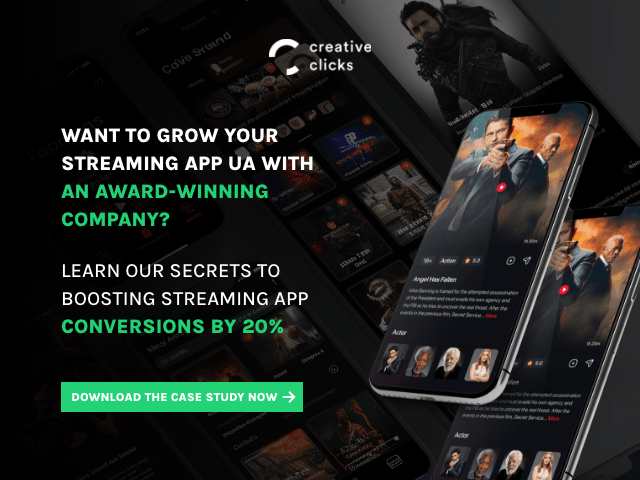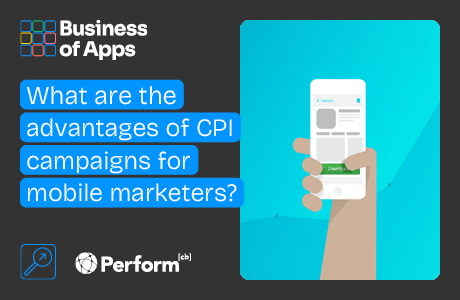33% of smartphone users install one or more apps per month, but how many of them actually engage with those apps consistently? The standard marketing funnel approach has proven to be insufficient when it comes to retaining users. Mobile marketing campaigns must be equipped with multiple touchpoints and continuous interactions aimed at keeping mobile users as engaged as possible.
Since the start of the pandemic, installs for practical apps that help automate users’ lives have only increased. These apps – think food delivery, streaming services, and education (among others) – boast high levels of competition, costs, and content cycles. For this reason, many mobile marketers are experiencing shifts in their reacquisition cycles. Most apps lose 77% of new customers in the first three days after installation, revealing that they were unable to keep their users engaged effectively post-install. Retaining users is where many mobile marketers will need to focus their advertising efforts going forward. What can marketers do to differentiate their app from others and keep users coming back?
Digital responsiveness and user experience
While more users begin to rely on apps to automate their daily tasks, app usability and responsiveness are becoming increasingly important to any app’s user experience (UX). 29% of users state that they will immediately abandon an app if they don’t find it valuable. To combat app abandonment, mobile marketers need to establish their apps as user friendly tools that offer continuous value in order to significantly improve user engagement.
Users are more likely to engage with apps that simplify their lives, and in order to gain a user’s loyalty, marketers need to prove that their app adds value consistently. App connectivity allows users to take control of their interactions with apps by creating user-to-user relationships that feel helpful and personalized. Users want to easily be able to ask questions or for help, and to complete common tasks seamlessly. For example, Amazon’s use of an in-app messenger gives users the ability to interact with others in an e-commerce setting, and it has been shown to increase user retention by 3.5 times. This additional value has proven important to Amazon’s users; the company’s user retention rates show that it can be beneficial for apps to have in-app features that deliver additional value to users to drive consistent in-app engagement.
With 1 in 5 adults watching videos on their mobile devices for over an hour per day, utilizing video and high-impact display advertising not only increases app installs, it keeps users engaging post-install. Mobile marketers need to place equal emphasis on in-app experiences as they do with the user’s journey pre-install. It’s imperative that app marketers understand where their user engagement starts to fall off. Mobile marketers can pinpoint what area of their user engagement strategy can be improved by asking questions such as:
- Is the mobile user onboarding process too lengthy?
- Is our app taking too long to load?
- Are we sending too many push notifications? Or not enough?
- What are we doing to further engage users post-install?
This information provides crucial insights into what is keeping users engaged and where improvements can be made to increase usability. For additional insights on the top digital channels to drive user retention, download your copy of Perform[cb]’s 2022 Digital Marketing Trends Guide.
Deep links – enhanced tracking and direct user engagement
In order to analyze user in-app engagement trends, marketers must have effective tracking metrics and KPIs in place to continue to provide and add value for users over time. Marketers should take advantage of deep linking, which refers to linking to a specific location within the app, to keep users coming back. Deep linking can provide a streamlined user experience, while also offering marketers enhanced tracking solutions to continuously monitor user engagement. Mobile marketers who implement deep linking will have the ability to target current users across top channels such as mobile web, email, and social media, and direct them to specific in-app locations. For example, marketers can take advantage of deep linking via push notifications, which means linking users directly to specific locations within the app that are relevant to what was advertised in the push notification.
This direct approach keeps users interacting with the features of an app that are the most valuable to them. By utilizing deep linking’s analytical insights and tracking, push notifications can be further personalized based on segmentation and testing, ensuring that users only get notifications that are relevant. Additionally, 58% of users express that they are frustrated by interface inconsistencies – deep linking’s direct nature can provide users with a streamlined experience between mobile web and in-app. This cross-platform interaction often leads to increased in-app engagement.
Stay ahead of the curve with privacy updates
With constant mobile privacy changes, mobile marketers will need to rely on reacquiring users rather than focusing solely on re-engagement campaigns. 62% of iOS users are opting out of in-app tracking, eliminating a large share of user insights for app marketers. Despite their controversial ATT decisions, Apple still has the capability to set the tone for the next wave of trends in mobile attribution. While the bulk of acquisition is still happening through MMPs, SKAdNetwork API installs can be a successful alternative. SKAdNetwork can be a useful tool in user re-engagement due to its ability to provide marketers with precise, accurate attribution that still protects user privacy for iOS campaigns. Learn more about SKAdNetwork and what it means for your user re-engagement strategy. As privacy regulations grow and evolve, there are bound to be more changes that affect user engagement, and marketers need to remain innovative when it comes to attribution.
What will you do to keep users coming back?
There is no one-size-fits-all approach for mobile re-engagement, which is why it is imperative that marketers test and utilize a variety of traffic types to assess what elicits the best response from users. By prioritizing user experience and ensuring accurate attribution, marketers can evolve their re-engagement strategy into a successful tool to keep their apps relevant and in-demand. If you’re ready to upgrade your mobile re-engagement strategy, reach out to Perform[cb]’s team of user acquisition experts to learn how you can retain and reacquire users at massive scale.












